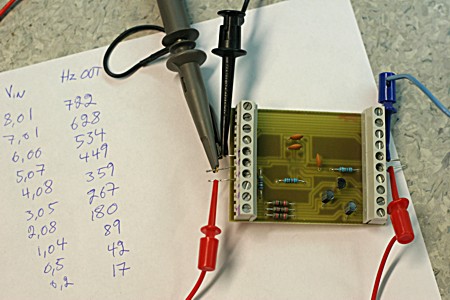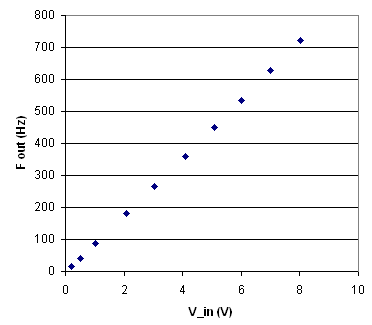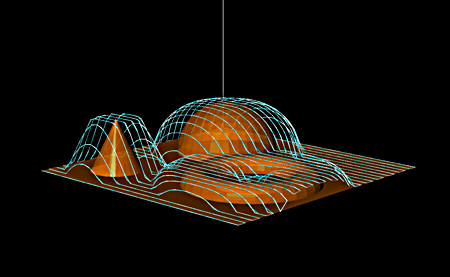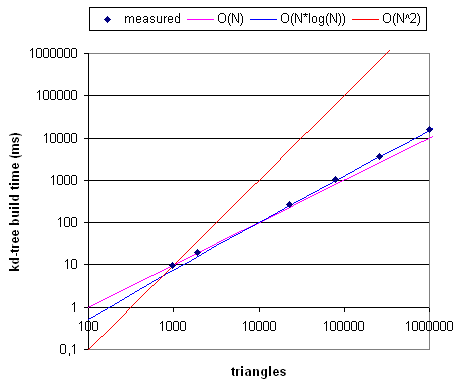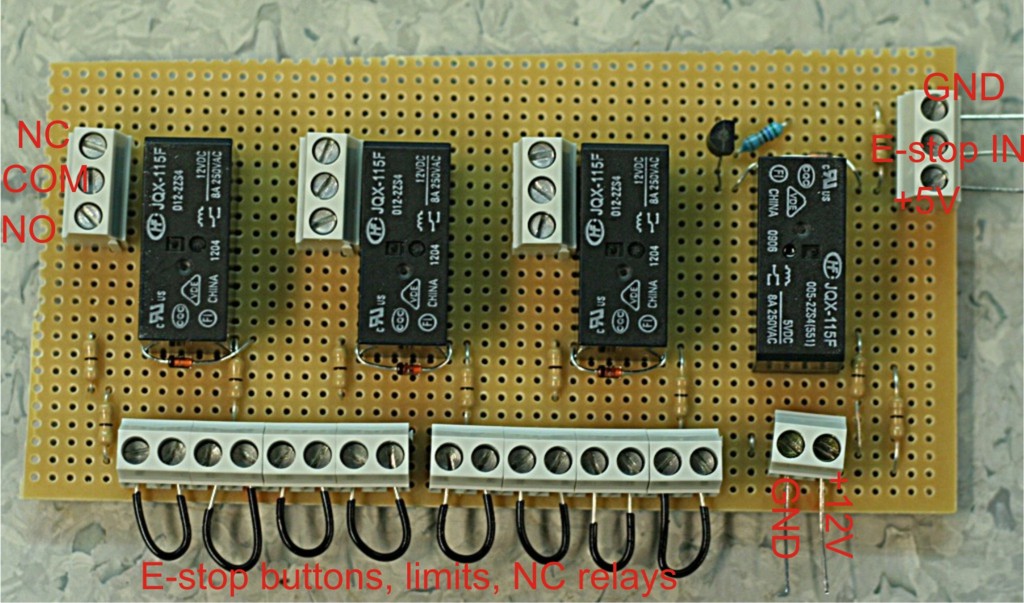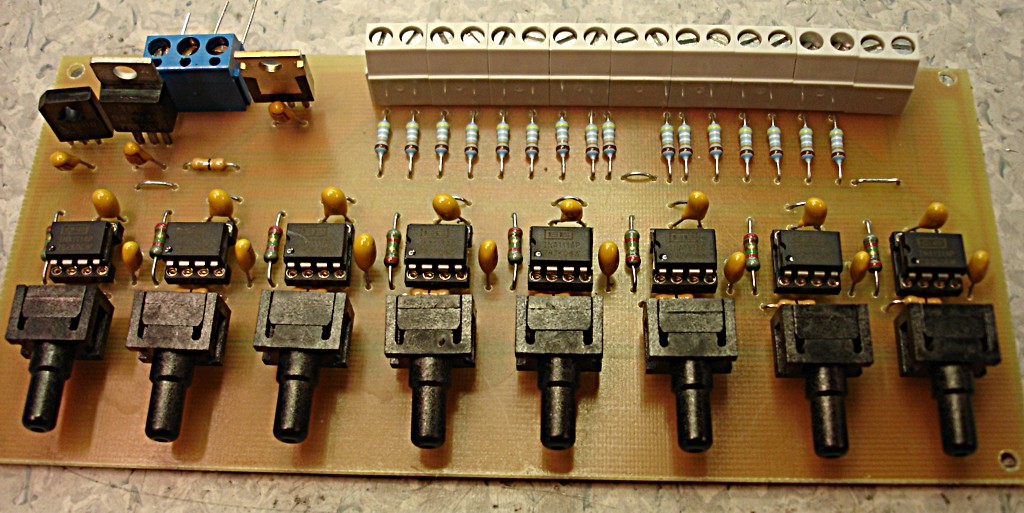WordPress 2.5 is out, and I've upgraded. Most of the shiny new stuff is on the admin side only, and so the outward look of the site remains.
The upgrade went smoothly, with the usual tweaks to style.css for the ever changing header image and to put the blog title in the left upper corner.
I've started tagging my posts, and there's a new tag-cloud at the top of the sidebar. I'll use it as a way of sub-categorizing posts without actually creating new categories. Once it's been in use for a while it will be useful for searching too.
Another recent update to the site is the list of WWW-links in the sidebar ("Anders' Web tips"). It's an RSS feed of the links I mark as 'shared' in google reader. Hope you like them!

